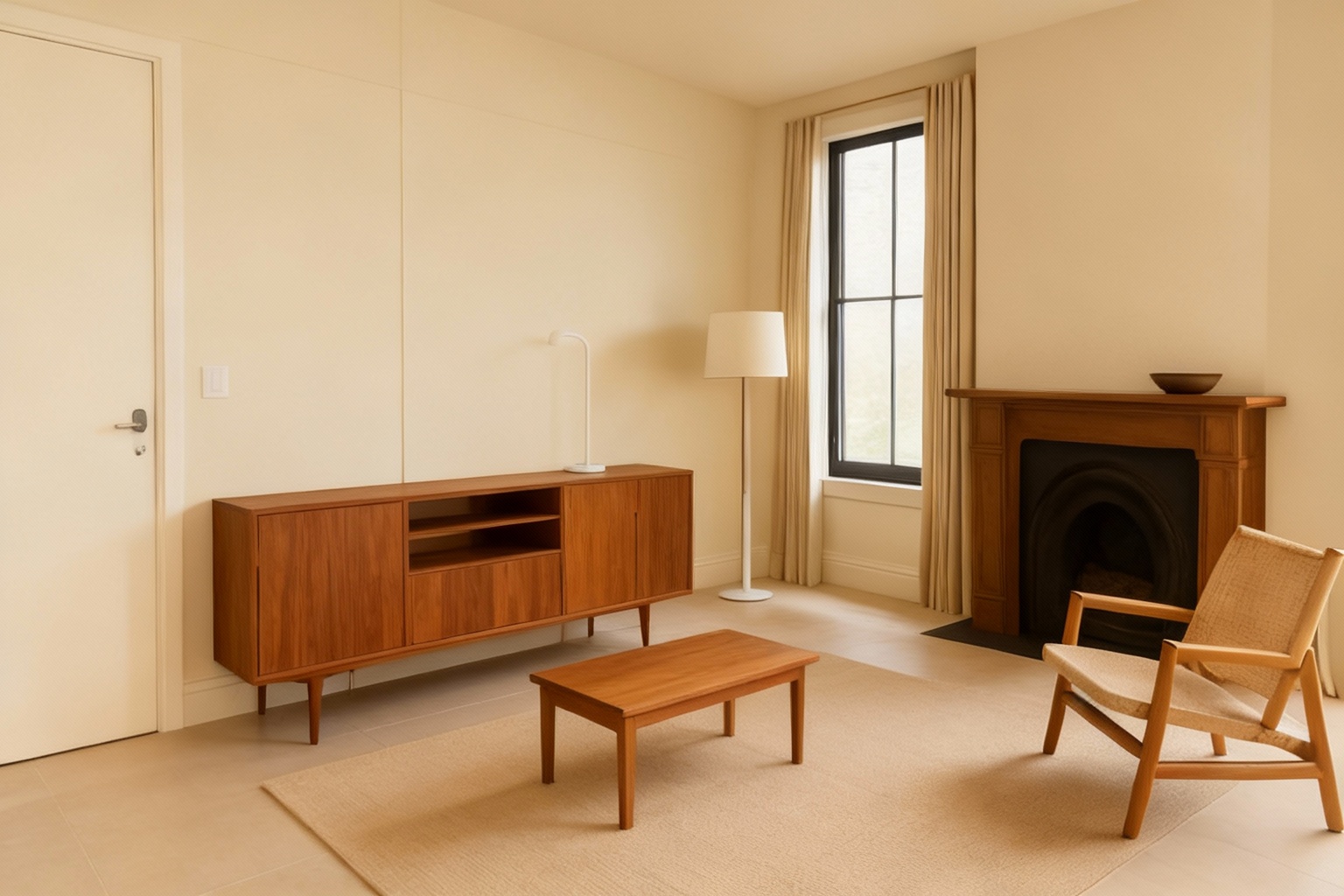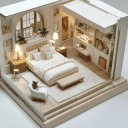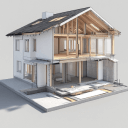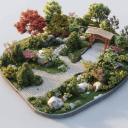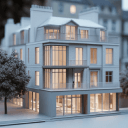Designing rental properties for maximum profitability is both an art and a science. A well-designed rental unit doesn’t just look beautiful – it can command higher rents, attract quality tenants quickly, and reduce long-term maintenance costs.
In fact, studies show that professionally designed rentals can achieve up to a 40% increase in revenue, as cohesive layouts and high-quality furnishings allow owners to charge more and keep occupancy high. For interior designers working in the U.S., U.K., or Europe, the goal is to optimise space and style in a way that appeals to a broad range of renters while remaining functional and cost-effective.
This article will explore strategies for maximising space in small-to-medium rental units, tips for balancing style with functionality, and how a
free room design tool
like Arcadium 3D can assist in visualising and planning profitable rental designs.
The Importance of Designing for Profitability
A rental property is ultimately an investment, and good design plays a crucial role in its return. Attractive, well-thought-out interiors can reduce vacancies and even justify higher rental rates. The key is to create a space that resonates with a wide range of potential tenants and stands the test of time.
That means focusing on timeless aesthetics and mass appeal. By avoiding overly trendy or personal design choices, you ensure the unit won’t feel dated in a few years or alienate certain tenant demographics. Broad appeal and longevity in design help “future-proof” the rental, so that it continues to look current and inviting with minimal updates – ultimately saving the owner money and keeping rental income steady.
Designing for profitability also involves practical considerations. Durable materials and finishes may cost more upfront but save money over time by reducing turnover costs and repairs. For example, opting for hard-wearing flooring (like hardwood or quality laminate) and easy-to-clean quartz countertops will withstand tenant wear-and-tear, lasting longer than cheaper alternatives.
Fewer scratches, stains, and maintenance issues mean happier tenants and less expense for the landlord. Even furnishings and appliances should be selected with an eye toward durability and warranty.
As one guide notes, reliable mid-range appliances that “look good and do what they are supposed to” are preferable to ultra-cheap models that might break down frequently. In short, investing in quality where it counts – flooring, key furniture, lighting, and appliances – can boost a rental’s appeal and minimise costly maintenance, thereby improving overall profitability.
Finally, profitable design considers the target market or renter profile. A rental aimed at young professionals might justify a stylish home office nook or smart-home features, while a family-oriented rental benefits from extra storage and kid-friendly layouts. Knowing your likely tenant allows you to tailor design elements to their needs – without being so specific that others feel unwelcome.
Striking that balance will enhance rental yield: you’re providing features tenants are willing to pay a premium for, but in a way that remains flexible for future occupants. Whether the unit is a city apartment for short-term lets or a suburban home for long-term tenants, the design should create an inviting experience that makes renters say “I could see myself living here.” When a space is both beautiful and thoughtfully planned for real-life use, it encourages longer tenancies, positive reviews, and higher demand – all drivers of rental profitability.
Check Out Our Tool
Optimising Space in Small Rental Units
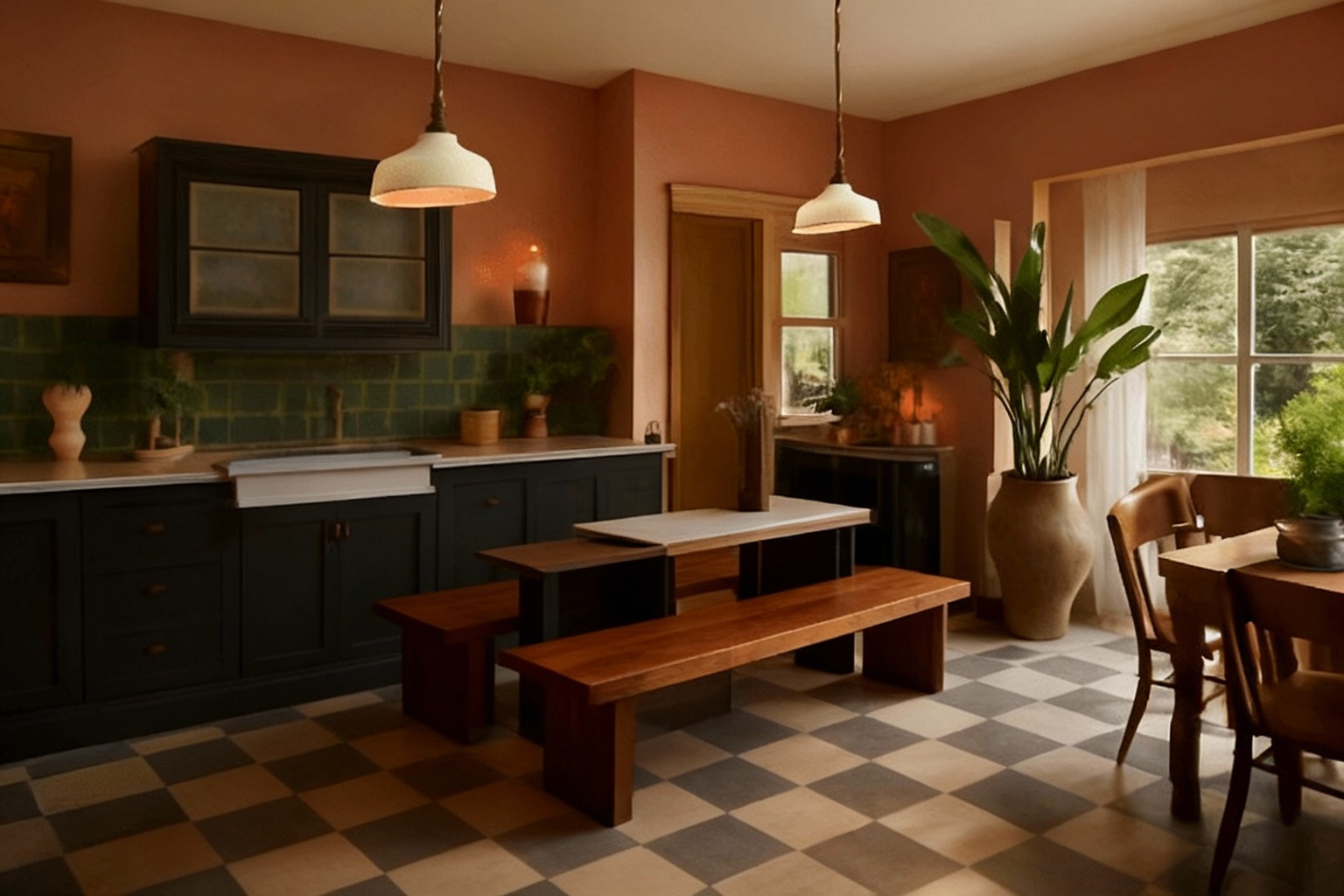
Space is at a premium in many rentals – especially studios and city apartments common in the U.K. and Europe. Optimising every square foot (or square metre) is essential to make these units comfortable and appealing. Smart space planning can even allow a smaller flat to compete with larger rentals by offering clever functionality. Here are some strategies to maximise space use:
Multi-Functional Furniture:
Incorporate pieces that serve more than one purpose. For example, a sofa that pulls out into a bed instantly adds sleeping capacity for guests without needing an extra bedroom. Drop-leaf or extendable dining tables can double as a work desk and be folded away when not in use.
Ottomans with hidden storage can provide seating, act as a coffee table, and stash away clutter. Designers are increasingly using furniture that serves multiple purposes, built-in storage units, or sliding partitions to create flexible layouts. These solutions are especially attractive to today’s tenants who might be working from home or dealing with limited space.
A well-placed room divider (such as an open shelving unit) can section off a sleeping area or office nook when needed, while still allowing the space to feel open when desired – providing privacy and versatility in a studio or one-bedroom.
Vertical Space & Built-In Storage:
When floor area is limited, think vertically. Tall bookshelves, wall-mounted cabinets, and overhead storage solutions can drastically increase the usable storage without taking up precious floor space. Installing shelves above doorways or in under-utilised nooks (like that odd corner or the area above a refrigerator) can create spots for tenants to keep belongings tidy.
Storage spaces never go out of style, and ample storage can even be a deciding factor for renters choosing between properties. Consider built-in wardrobes and closet organisers – they not only save space compared to standalone furniture, but also add a custom, high-end touch to the unit.
In kitchens and bathrooms, maximise cabinetry and use drawer organisers to make small spaces more efficient. The result is a rental that “lives” larger than its actual dimensions, because everything has its place. A clutter-free home feels bigger and more comfortable, improving tenant satisfaction.
Open Layout & Traffic Flow:
An open-concept layout (where feasible) can make a small apartment feel more spacious by improving sightlines and light flow. Removing unnecessary doors or even non-structural partition walls might create a combined living/kitchen area that feels airier.
Even without major renovations, thoughtful furniture arrangement is key to maintaining good flow. Ensure there’s enough clearance in walkways – tenants should move between rooms or areas without squeezing around oversized furniture. Minimising obstructive elements (like bulky room dividers or too many small decor pieces on the floor) and arranging furnishings so that pathways are clear will help the unit feel open and navigable.
For instance, using a couple of larger, appropriately scaled furniture pieces is often better than cluttering a tiny living room with numerous small chairs and tables. Likewise, orienting furniture to guide movement (such as placing a sofa against a wall rather than in the middle of the room) can create a natural flow through the space.
Illusions of Space:
Small design tricks can make a rental appear larger and more inviting. Mirrors are a classic example – a large mirror in the right place (e.g. opposite a window or behind a dining table) reflects light and gives an impression of depth, almost like adding another window.
Light colour palettes for walls and floors also make spaces feel open; soft neutrals or pale, cool tones bounce more light and visually recede, whereas very dark colours might make walls close in. Good lighting is critical as well: maximize natural light by using sheer curtains or blinds that retract fully, and layer the electric lighting (ambient ceiling lights, task lamps, accent lighting) to eliminate dark corners.
A bright, well-lit room always feels more spacious and welcoming than a dim one. As an interior designer, you can use these optical strategies to your advantage – they cost little, yet can dramatically enhance the sense of space, making the rental more appealing without adding actual square footage.
Balancing Style and Functionality
Striking the right balance between style and functionality is particularly important in rental design. Renters are drawn to spaces that look modern and stylish – images on a listing need to stand out – but if the space doesn’t function well for day-to-day living, the novelty will quickly wear off. For designers, the challenge is to create an interior that is visually appealing and on-trend, without sacrificing practicality or durability.
Prioritise Durable Style:
One of the top tips is to focus on durable, easy-to-maintain materials that also have aesthetic appeal. For instance, choose upholstery in heavy-duty, stain-resistant fabrics that can handle tenant use while still looking chic. Flooring should be similarly both attractive and tough – luxury vinyl planks or porcelain tiles can mimic the look of wood or stone while being highly resistant to scratches and moisture (ideal for high-traffic rental use).
As a landlord guide in 2024 notes, durable materials like hardwood floors or quartz countertops may cost more initially, but they last longer and keep that fresh look better than cheaper options. This means the property stays stylish over time with less frequent need for updates. You don’t want a beautiful design that falls apart after one tenancy; the goal is a design that holds up to years of use and still wows new renters in listing photos.
Invest in quality lighting fixtures and hardware as well – a statement pendant light or modern cabinet handles can elevate the style, and if they’re well-made, they’ll function smoothly and resist wear.
Keep the Look Timeless (with a Twist):
To appeal to a broad audience, lean toward a timeless base design with neutral colours and classic lines, then add a few trendy or character accents in low-commitment ways. Neutral walls (think whites, soft greys or creams) create a blank canvas that most people find agreeable and that make spaces feel larger and brighter.
They also allow tenants to imagine adding their own personal touches. You can still incorporate style and personality through accents: perhaps a feature wall in a fashionable but not too polarising colour, or removable wallpaper on one wall for a pop of pattern.
Decorative elements like throw pillows, area rugs, and artwork can introduce trendy colours or local flair – these items are easy to swap out if styles change or if they get worn out. Avoid overly specific themes or personal touches that might turn off some renters (for example, a very bold eccentric wallpaper throughout the whole living room might be too much).
A professional vacation rental design webinar suggests focusing on neutral tones with thoughtful pops of colour and textures that align in a cohesive palette, rather than “thematic overload” that can date quickly. In essence, balance character with broad appeal: a bit of unique style to give the unit memorability, layered onto a universally appealing foundation.
Functionality Comes First:
Every design choice in a rental should pass a simple test – will this make living here easier or more enjoyable? If not, reconsider it. It’s possible to have a beautifully styled space that still checks all the functionality boxes. For example, bar stools might look stylish at a kitchen counter, but are they comfortable for tenants to actually sit and work or eat at for an hour?
A glass coffee table might be chic, but would a sturdy upholstered ottoman be safer and offer extra storage? Wherever possible, choose furnishings that add utility: a pretty console table with drawers at the entry not only looks welcoming but also provides a spot for keys and mail. In bedrooms, stylish headboards with integrated shelving can be a focal point while adding function.
Also remember the comfort factor – an elegant sofa is great, but it should also be plush and comfortable to relax on, and that chic dining chair needs to be ergonomically pleasant. Renters essentially want “the comfort of home balanced with the luxury experience of a hotel”, as one designer put it. This means high-quality mattresses, sufficient seating, and a layout that caters to real living (e.g. enough seating in the living room for the number of people the unit sleeps, a dining table that fits everyone, etc.).
By thinking through how tenants will use each space, you ensure the design isn’t just attractive in photos, but also earns rave reviews for comfort and convenience. Happy tenants lead to positive reviews or word-of-mouth that further boost the property’s success.
Low-Maintenance Beauty:
Another tip for balancing style with function is to prefer low-maintenance design elements wherever possible. Choose paint finishes that are washable (so scuffs can be cleaned without repainting). In bathrooms and kitchens, favour fixtures and tile grout colours that won’t show grime easily, making turnovers faster and keeping the space looking fresh.
Smooth surfaces with minimal crevices (like flat-front cabinets) gather less dust and are easier to wipe down than ornate carved details – something to consider for rental units where cleaning between tenants needs to be efficient. You can still achieve a high-end look with simple, clean-line designs.
For instance, a solid quartz backsplash can be easier to maintain than patterned tiles with lots of grout, and it offers a sleek modern style. Every choice should consider the upkeep required: a gorgeous crystal chandelier might not be ideal if it’s going to collect dust and be a pain for the landlord to clean regularly.
Opt instead for stylish yet practical fixtures – maybe an industrial-style pendant or a Scandinavian-inspired wood-and-metal ceiling light that looks great and is easy to dust or repair. By designing with maintenance in mind, you create a win-win: the property stays looking good with minimal effort, and tenants enjoy a well-kept environment.
Check Out Our Tool
Visualising Rental Designs with Arcadium 3D
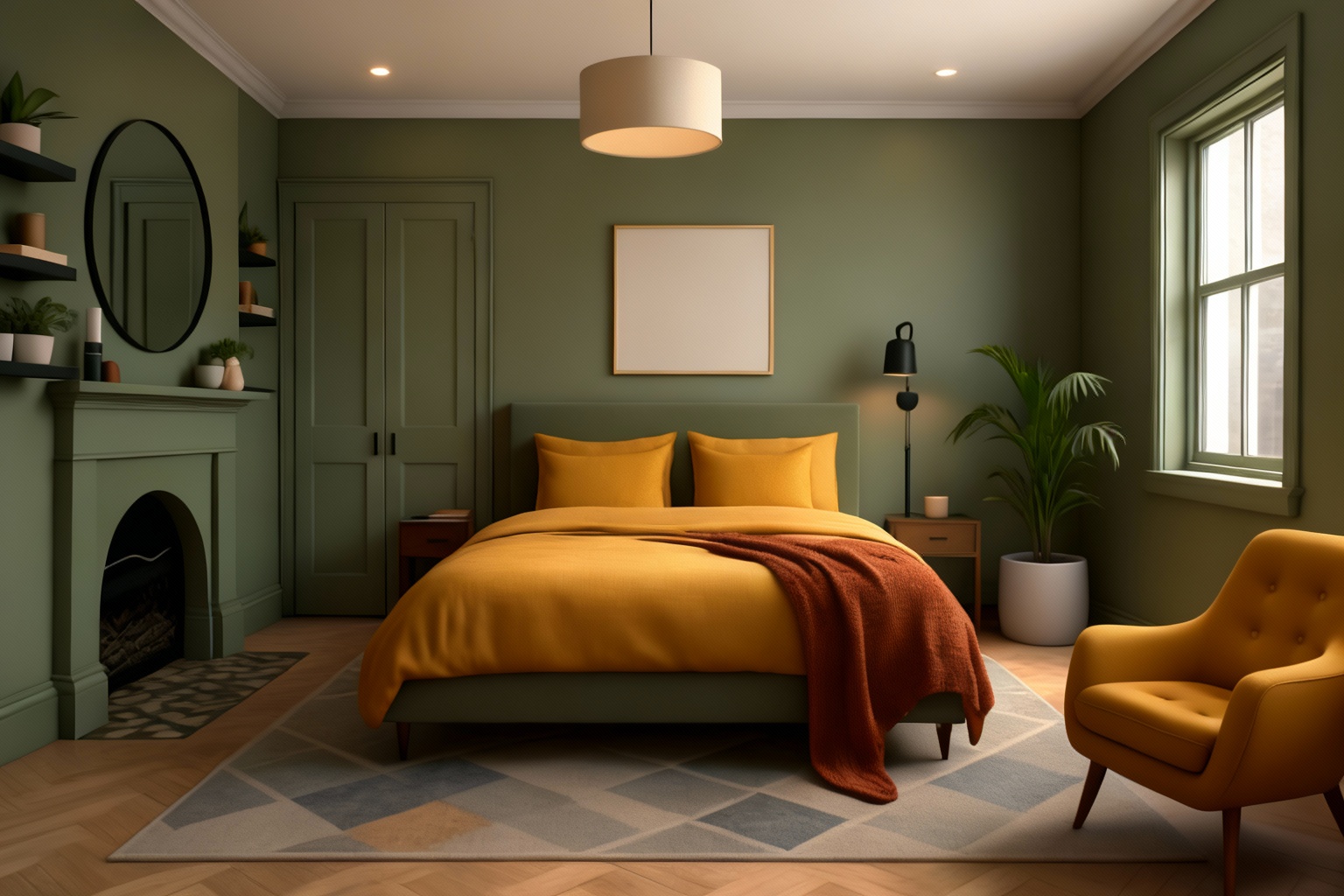
Translating these design strategies into a real rental property layout can be challenging – and that’s where digital design tools come into play. Arcadium 3D is one such tool that can significantly aid interior designers in planning and visualising rental unit designs before any actual work begins.
Arcadium 3D is a free, browser-based 3D interior design application that allows you to quickly sketch out floor plans, furnish and decorate rooms in detail, and walk through them virtually. Using a tool like Arcadium has several benefits for designing profitable rentals:
Quick Layout Experimentation
Arcadium makes it easy to draft and adjust floor plans on the fly. You can map out the dimensions of a room or entire unit in minutes, then drag and drop walls or partitions to test different layout ideas. For instance, if you’re considering opening up a kitchenette into the living area or adding a small partition to create a sleeping nook, you can model both options and compare.
The software’s alignment guides and precise measurements help ensure that everything fits to scale. This quick iteration means you can identify the most space-efficient layout without moving a single piece of real furniture.
As an example, one can duplicate a design and try a completely different vibe or configuration “guilt-free” – perhaps swapping a neutral layout for one with bolder colour accents – since you can always revert or compare versions side by side.
Extensive Furniture & Fixture Library
One of Arcadium 3D’s strengths is its built-in library of thousands of furniture pieces, appliances, and décor items. These range from sofas and beds to kitchen units, light fixtures, and even plants – all correctly scaled. This is invaluable for rental design because you can place realistic furniture models into the floor plan to see how they fit and look.
Wondering if a queen bed will leave enough room for a dresser in the bedroom? Or how a sectional sofa might fit in a small living room? Arcadium’s catalogue allows you to try different sizes and styles instantly. Notably, the furniture objects are parametric, meaning you can stretch or shrink many items to custom-fit the space. For example, you can drag a three-seat sofa and extend it into a four-seater, or resize a desk to a narrower width for a tight corner, and the model adjusts accordingly.
The ability to custom-fit furnishings to your virtual rental unit saves hours of second-guessing – you’ll know in advance that the stylish dining table you chose will actually accommodate four chairs in that nook, or that the wardrobe will not block the doorway. It prevents costly mistakes like ordering furniture that’s too large or not making the best use of available space.
Realistic Visualisation (Lighting & Finishes)
Arcadium 3D allows designers to apply colours, materials, and even test lighting in the space, giving a realistic sense of ambience. You can change wall colours or floor finishes with a few clicks, helping you decide, for example, if a lighter wood floor would make the space feel bigger than a dark tile.
This software even has simple lighting controls; you can place light fixtures and adjust their brightness or color temperature to simulate different times of day. This is particularly useful for rentals, where you might want to ensure that a windowless hallway doesn’t feel gloomy, or that the kitchen is well-lit for food prep. Rather than guessing, you can see how light and shadow fall in the 3D model.
Arcadium’s real-time render engine updates instantly, so you’ll immediately visualize the effect of, say, adding a floor lamp in a corner or using softer warm-toned bulbs for a cozy feel. This helps in making informed design decisions that balance style and comfort – ensuring the space not only looks good in a static image, but also “feels” right when inhabited.
The photorealistic snapshots or even AI-generated renderings can be used to convince clients (or property owners) of a design direction by showing them lifelike previews of the finished look.
Virtual Walkthrough and Flow Testing
Perhaps one of the most powerful features for interior designers is Arcadium’s first-person 3D walkthrough mode. At any point, you can switch from a 2D plan view to a full 3D exploration, virtually walking through the modeled rental unit as if you were a tenant. This lets you experience the layout and catch potential issues with flow or sightlines.
For example, during a walkthrough you might notice that a tall shelf is cramping the entryway or that there isn’t enough clearance between the dining chairs and the sofa – prompting you to adjust the design. Arcadium effectively lets you test drive the rental space. You can ask questions like, “Can two people pass each other by the coffee table?” or “Does the open fridge block the pathway?” and immediately answer them by navigating the model.
This level of simulation ensures that by the time you finalize the design, you have confidently balanced style with everyday functionality. You’re able to verify that the beautiful layout you envisioned actually works well when lived in, preventing unpleasant surprises after implementation.
Collaboration and Client Buy-In
Because Arcadium 3D is online, sharing your design is simple – just send a URL. Clients (or property investors, or even building contractors) can open the interactive 3D model on their own device without any special software. This is a huge advantage when designing for someone else’s property: it’s easy to communicate design ideas and get stakeholder feedback.
Rather than showing flat sketches or mood boards alone, you can give the landlord a virtual tour of their future rental unit, allowing them to better grasp the concept. They can even toggle between multiple design alternatives you’ve created. Arcadium enables multiple designs in minutes, so presenting option A vs. option B (say, an open-plan layout vs. one with a sliding partition) becomes much easier and more convincing.
Client communication is smoother when everyone can see the vision in 3D – it builds confidence in the project. Additionally, Arcadium’s share feature includes the ability for viewers to leave comments pinned to specific items or areas.
For example, a property owner could comment, “Can we make this cabinet taller for more storage?” directly on the model. This collaborative loop ensures that by the end of the planning phase, the interior designer and client are on the same page, with a rental design that meets profitability goals and has full buy-in.
Check Out Our Tool
Conclusion
Designing profitable rental units requires a careful blend of creative vision and practical strategy. Interior designers in any region – whether working on a chic London flat, a New York apartment, or a countryside cottage in Europe – must consider how each design decision impacts the owner’s bottom line as well as the tenant’s experience.
By optimising space through clever layouts and multi-purpose elements, balancing style with functionality and durability, and utilising advanced tools like Arcadium 3D for planning, designers can create rental interiors that stand out in the market.
The end result is a win-win: a beautifully designed space that appeals to renters (reducing vacancy time and commanding higher rent) and a smoothly functioning, low-maintenance home that makes ownership more profitable.


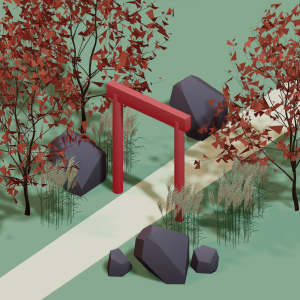 All training, tips and articles
All training, tips and articles
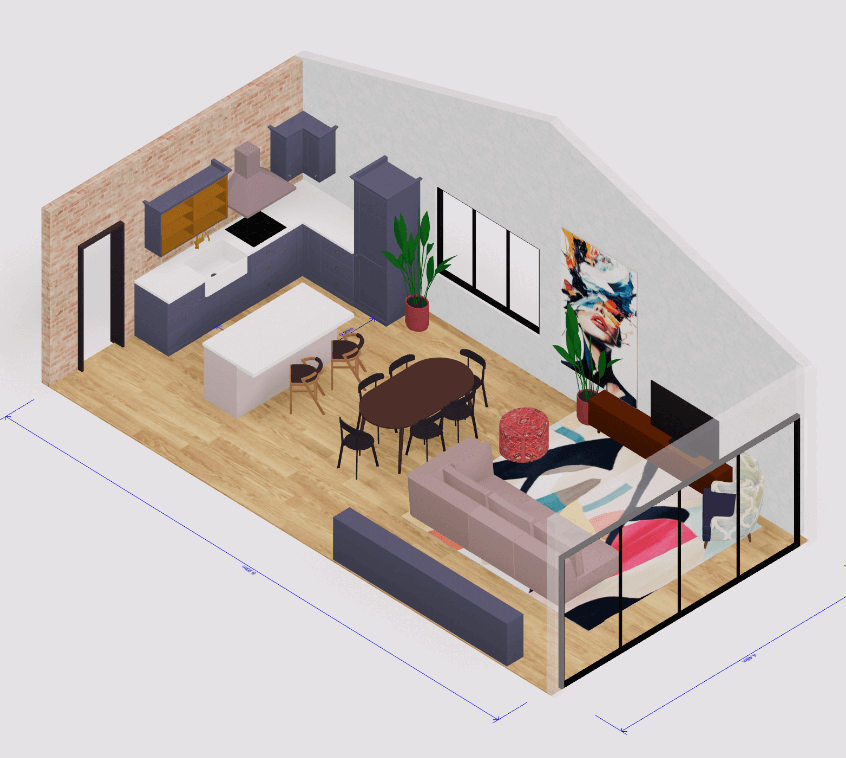 3D house design tool
3D house design tool
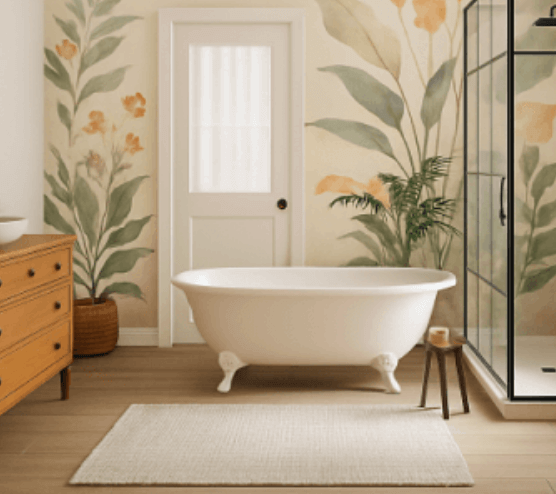
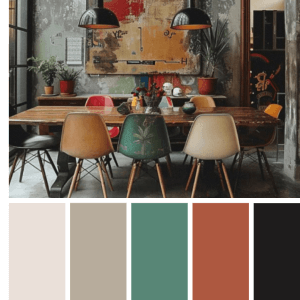 Color palette generator
Color palette generator
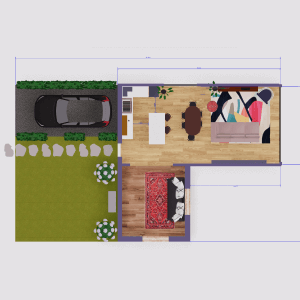 Floor plan creator
Floor plan creator
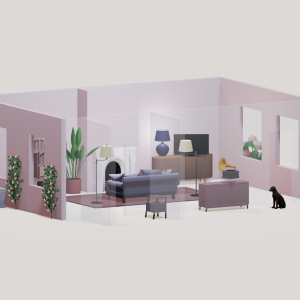 Interior design app
Interior design app
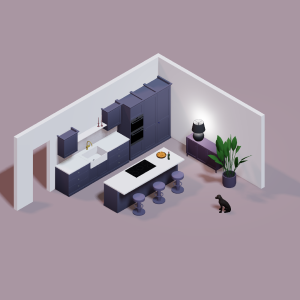 Kitchen design tool
Kitchen design tool
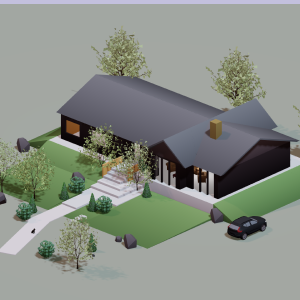 House design software
House design software
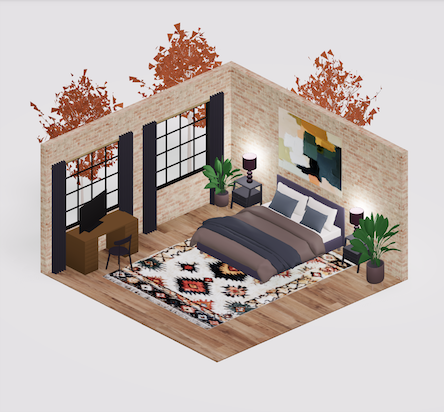 Room designer
Room designer
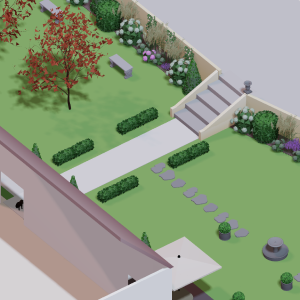 Landscape design software
Landscape design software
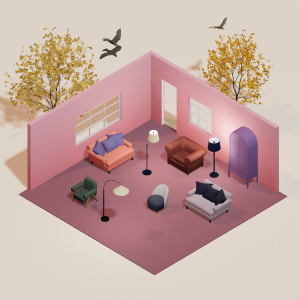 Bedroom design
Bedroom design
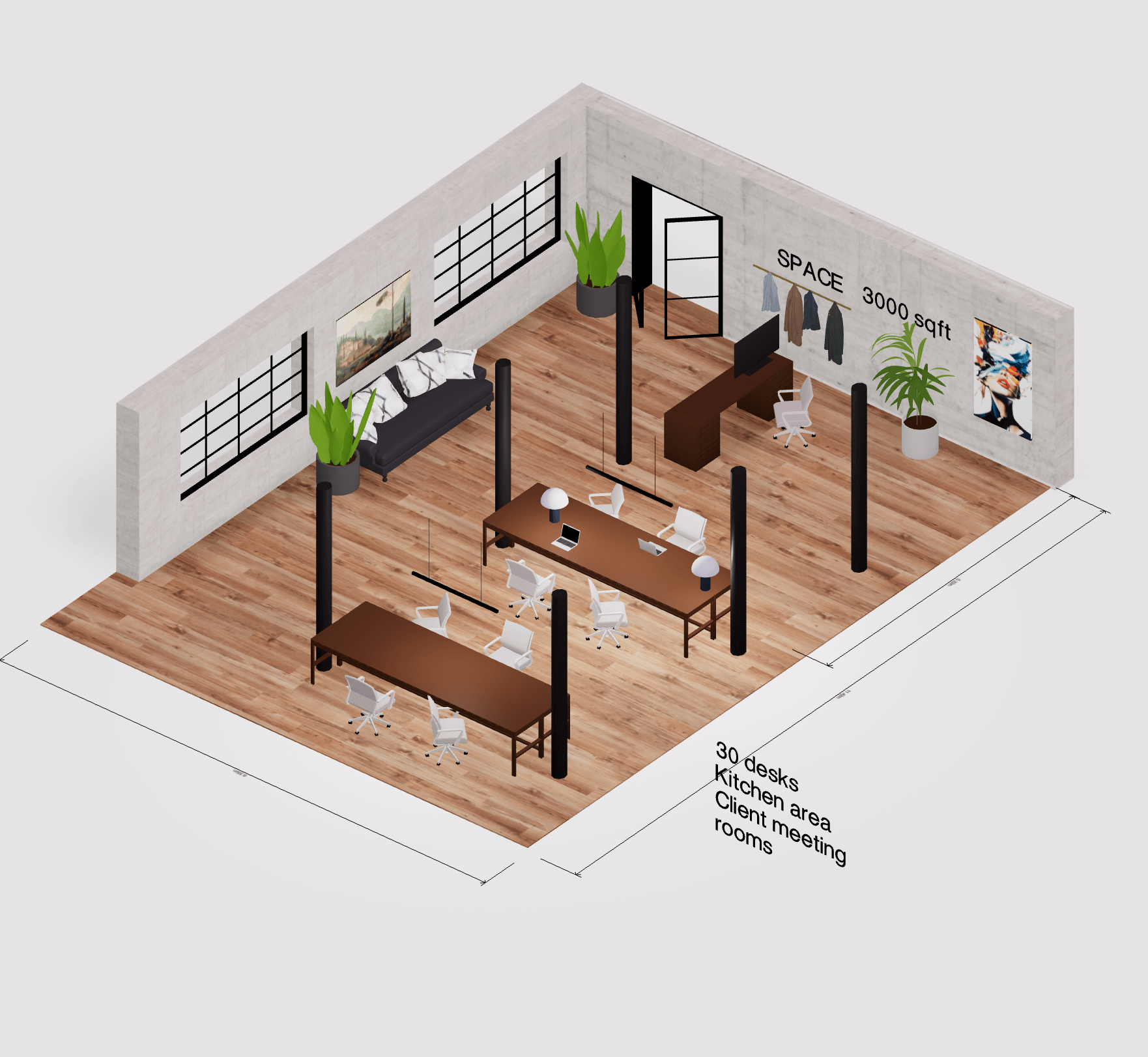 Office floor plan creator
Office floor plan creator
